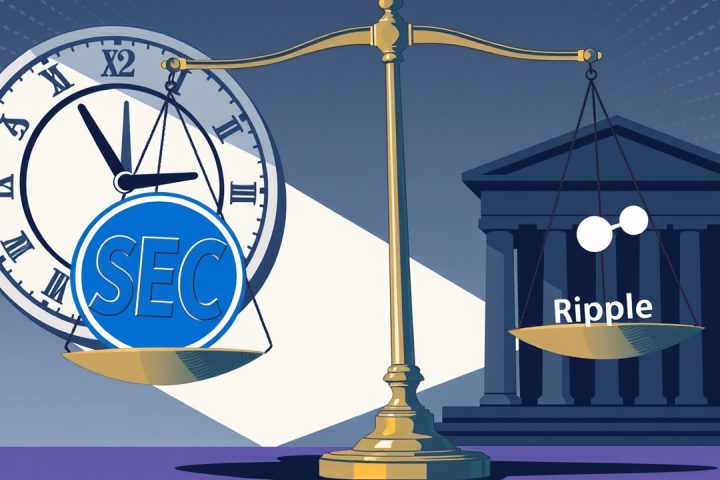Cryptocurrency Security Challenges
In the realm of cryptocurrency, where security breaches are alarmingly common, victims are often targeted a second time by deceitful recovery firms, according to Harry Donnelly, the founder and CEO of the crypto security company Circuit. With the surge in crypto adoption, an ever-growing number of individuals are entering this digital finance space. Nevertheless, despite years of technological advancements, the system continues to overlook its most at-risk users. A stark example is a recent case involving a retired American who unknowingly lost an astounding $3 million in XRP due to a compromised cold wallet. This incident highlights the pressing issues of security within the cryptocurrency landscape.
Post-Hack Recovery Difficulties
In a recent discussion with crypto.news, Donnelly shed light on the disheartening fact that crypto hacks have led to losses exceeding $3 billion this year alone and pointed out the difficulties associated with post-hack recovery.
“The funds were laundered through approximately 120 transactions, and the full account of how the breach occurred is unclear.”
In referencing the XRP wallet breach, Donnelly detailed how the victim attempted to report the theft but struggled to engage law enforcement. Crucially, the retiree believed they possessed a cold wallet from Ellipal; however, they compromised their security by entering the seed phrase into their laptop, which is connected to the internet, significantly undermining the cold storage’s protective advantage.
Rise of Dubious Recovery Firms
A troubling aspect of these situations is the rise of dubious recovery firms that prey on desperate individuals seeking to reclaim their lost assets. Donnelly criticized these unscrupulous players, who often employ tactics to appear prominently in search results, targeting individuals frantically seeking aid. Real recovery, he noted, is intrinsically complicated due to the nature of crypto as a bearer asset; ownership is tied directly to possession of the private key, making it impossible to reverse an on-chain transaction like one can at a traditional bank.
The only feasible way to recover funds typically involves legitimate firms working closely with law enforcement and utilizing blockchain forensic tools, but even these efforts have faced significant hurdles; fewer than 5% of stolen assets were reclaimed through those methods last year. Victims can fall prey to recovery scams, where firms charge exorbitant fees for information that leads nowhere, often suggesting impractical actions like contacting services such as Tornado Cash.
Proactive Measures for Asset Protection
Given the challenges associated with recovering funds, Donnelly emphasized the importance of proactive measures to prevent loss in the first place. Circuit focuses on asset protection rather than relying on post-hack recovery, employing a system that allows users to pre-configure signed transactions that can be triggered to move funds to a backup wallet, thus safeguarding against unexpected theft or loss of access to private keys. For users to regain access swiftly, they are the sole controllers of this mechanism, using two-factor authentication to securely authorize the transaction.
Currently, Circuit does not cater to individual retail users but primarily targets institutional clients like exchanges and asset management companies, emphasizing their need for reliable security due to the potential catastrophic consequences of a security breach—where even a few hours of downtime can be detrimental. Circuit’s technology is already being deployed across numerous exchanges through partnerships with significant players in the sector, ensuring a quick recovery process that protects reputations and retains client trust.
Evolving Threat Landscape
In discussing the evolving threat landscape, Donnelly remarked on the ongoing sophistication of cybercriminals, likening the situation to traditional Web2 security challenges. Strategies such as multi-signature approvals, multi-party computation wallets, and policy engines that restrict transaction activities have emerged, yet human error and decision-making often hinder quick reactions to potential threats.
Balancing Security and Decentralization
Regarding the balance between security and decentralization, Donnelly acknowledged a division within the community. He recognized the challenges posed by the need for preventive measures against theft while maintaining an ethos of decentralization. He argued that serious adoption and trust in decentralized finance (DeFi) require safeguards and defined parameters that can avert significant financial loss without compromising the foundational ideals of cryptocurrency.
The Need for Crypto Insurance
In conclusion, Donnelly raised an important point about the critical gap in crypto insurance. He believes integrating traditional insurance models into the crypto space is essential for attracting institutional investment and fostering growth—providing necessary confidence to major players to engage in the blockchain ecosystem.




